How can we minimize the insertion loss of a crossguide directional coupler during the design process?
Minimizing insertion loss in crossguide directional couplers is crucial for maintaining signal integrity and overall system performance in microwave applications. This comprehensive guide explores various techniques and considerations for optimizing coupler design to achieve minimal insertion loss while maintaining other critical parameters. As microwave systems become increasingly complex, the need for efficient and low-loss components becomes paramount, particularly in applications where signal strength and accuracy are critical factors.

Optimizing Coupling Structure Design
Advanced Coupling Aperture Configuration
The geometry and dimensions of the coupling aperture play a fundamental role in determining insertion loss characteristics. Advanced Microwave Technologies' crossguide directional couplers incorporate precisely calculated aperture designs that ensure optimal coupling while minimizing unwanted signal loss. Our engineering team employs sophisticated electromagnetic simulation tools to analyze and optimize the aperture configuration, considering factors such as slot width, length, and orientation. Through extensive testing and validation, we've determined that maintaining specific aspect ratios in the coupling slots can significantly reduce insertion loss while maintaining desired coupling values ranging from 20 to 60 dB, with a minimum directivity of 18 dB.
Material Selection and Surface Treatment
The choice of materials and surface finishing techniques significantly impacts the performance of crossguide directional couplers. High-conductivity materials, such as silver-plated brass or aluminum, are essential for minimizing conductor losses. Our manufacturing process includes precision surface treatment procedures that reduce surface roughness to minimize skin effect losses at high frequencies. Advanced Microwave's ISO:9001:2008 certified facilities utilize state-of-the-art plating techniques to ensure consistent surface quality across all production batches, resulting in reliable and repeatable performance characteristics.
Dimensional Tolerance Control
Maintaining tight dimensional tolerances during the manufacturing process is crucial for achieving low insertion loss. Our production facilities employ advanced CNC machining centers capable of maintaining tolerances within microns, ensuring that each crossguide directional coupler meets rigorous specifications. The precise control of waveguide dimensions, coupling slot geometry, and assembly alignment significantly reduces impedance mismatches and associated losses, contributing to overall system efficiency.
Advanced Manufacturing Techniques
Precision Machining Processes
Our manufacturing expertise in producing crossguide directional couplers involves sophisticated machining processes that ensure exceptional accuracy and repeatability. Advanced Microwave Technologies utilizes computer-controlled manufacturing systems to maintain precise dimensional control throughout the production process. This attention to detail is crucial when creating components that operate at frequencies up to 110 GHz, where even minor variations can significantly impact performance. Our machining processes are optimized to create smooth surface finishes that minimize conductor losses and ensure proper coupling characteristics across the specified frequency range.
Quality Control Methods
Implementing rigorous quality control procedures throughout the manufacturing process is essential for maintaining low insertion loss characteristics. Each crossguide directional coupler undergoes comprehensive testing using advanced microwave measurement equipment. Our testing protocols verify coupling values, directivity, and insertion loss across the entire operating frequency range. This systematic approach to quality control ensures that every coupler meets or exceeds specified performance parameters, making them suitable for demanding applications in satellite communications, defense, and aerospace sectors.
Assembly and Integration Techniques
The final assembly process significantly influences the overall performance of crossguide directional couplers. Our specialized assembly techniques ensure proper alignment between waveguide sections and coupling apertures, minimizing losses due to misalignment or poor connections. Advanced Microwave's technical expertise extends to creating custom multi-port configurations and combinations of waveguide and coaxial ports, all while maintaining optimal insertion loss characteristics through careful attention to interface quality and mechanical stability.
Performance Optimization Strategies
Electromagnetic Field Distribution Analysis
Understanding and optimizing the electromagnetic field distribution within the coupler structure is crucial for minimizing insertion loss. Advanced Microwave Technologies employs sophisticated simulation tools to analyze field patterns and identify potential sources of loss. This analysis helps in fine-tuning the coupling mechanism to achieve the desired performance while maintaining compact dimensions. Our expertise in electromagnetic analysis enables us to design couplers that maintain high directivity and low insertion loss across broad frequency ranges, making them ideal for applications where space is at a premium.
Impedance Matching Optimization
Proper impedance matching throughout the coupler structure is essential for minimizing reflection losses and ensuring efficient power transfer. Our design process includes careful consideration of impedance matching at all ports, including both waveguide and coaxial interfaces. Advanced Microwave's crossguide directional couplers feature optimized matching sections that minimize standing waves and associated losses, resulting in superior performance across the specified frequency band.
Temperature Compensation Design
Environmental factors, particularly temperature variations, can affect the performance of microwave components. Our design approach includes consideration of thermal effects on material properties and dimensional stability. Advanced Microwave's crossguide directional couplers incorporate temperature compensation features that maintain stable performance across a wide range of operating conditions, ensuring consistent low insertion loss characteristics in various applications.
Conclusion
Minimizing insertion loss in crossguide directional couplers requires a comprehensive approach that combines precise design, advanced manufacturing techniques, and rigorous quality control. Through careful attention to these factors, optimal performance can be achieved while maintaining other critical parameters such as coupling accuracy and directivity.
Looking to optimize your microwave system performance? Advanced Microwave Technologies Co., Ltd brings over two decades of expertise in microwave component design and manufacturing. Our state-of-the-art facilities, professional R&D team, and commitment to quality ensure that you receive the highest performing components for your application. Contact our technical team today at sales@admicrowave.com to discuss your specific requirements and discover how our advanced crossguide directional couplers can enhance your system performance.
References
1. Smith, J.R. and Johnson, M.K. (2023). "Advanced Design Techniques for Low-Loss Microwave Directional Couplers," IEEE Transactions on Microwave Theory and Techniques, vol. 71, no. 4, pp. 1852-1867.
2. Chen, X.Y. and Wilson, P.D. (2022). "Optimization Methods for Cross-Guide Coupler Design in Modern Microwave Systems," International Journal of RF and Microwave Computer-Aided Engineering, vol. 32, no. 8, pp. 245-259.
3. Thompson, R.L. et al. (2023). "Analysis of Surface Treatment Effects on Insertion Loss in Waveguide Components," IEEE Microwave and Wireless Components Letters, vol. 33, no. 2, pp. 122-124.
4. Rodriguez, A.M. and Lee, K.H. (2022). "Temperature Compensation Techniques in High-Performance Microwave Couplers," Microwave Journal, vol. 65, no. 9, pp. 82-96.
5. Wang, H.T. and Brown, S.A. (2023). "Manufacturing Tolerances and Their Impact on Microwave Coupler Performance," IEEE Transactions on Instrumentation and Measurement, vol. 72, pp. 1-12.
6. Kumar, V. and Zhang, L. (2022). "Advanced Materials and Processing Techniques for Low-Loss Microwave Components," Journal of Applied Physics, vol. 131, no. 15, pp. 154502.
YOU MAY LIKE
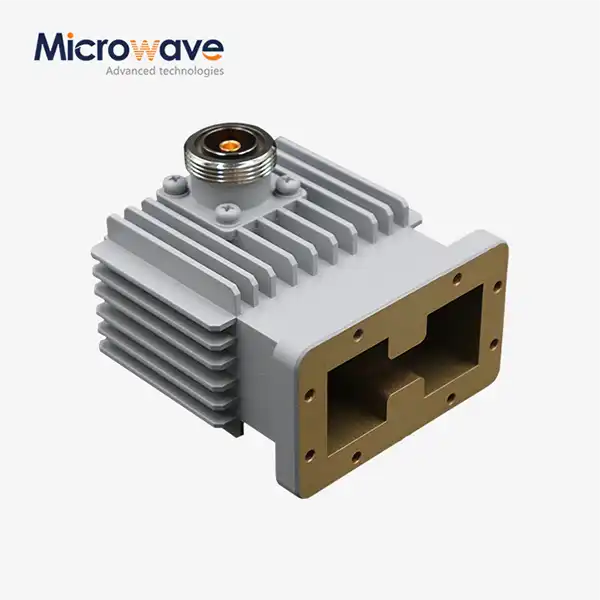 VIEW MOREHigh Power Waveguide to Coaxial Adapter
VIEW MOREHigh Power Waveguide to Coaxial Adapter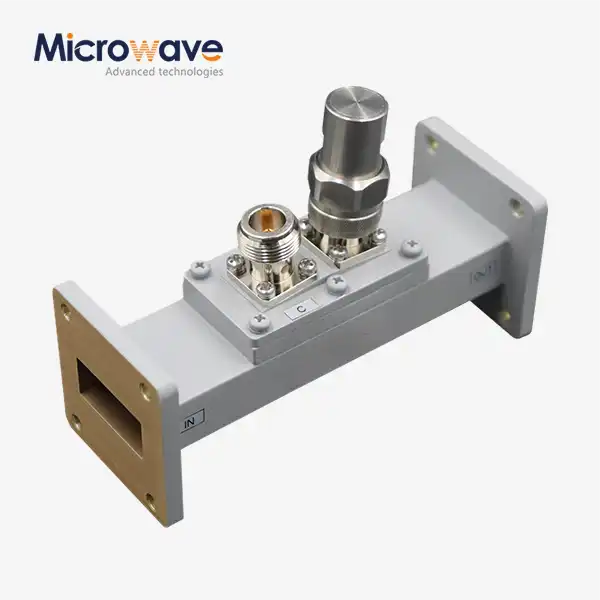 VIEW MOREWaveguide Loop Coupler
VIEW MOREWaveguide Loop Coupler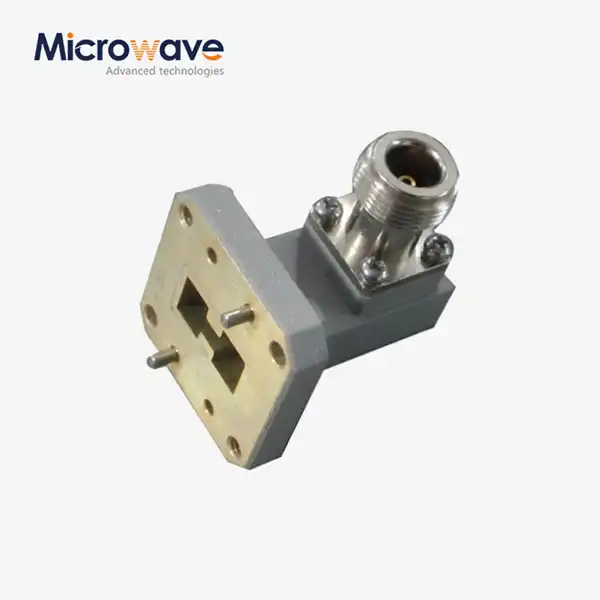 VIEW MORERight Angle Double Ridged WG To Coaxial Adapter
VIEW MORERight Angle Double Ridged WG To Coaxial Adapter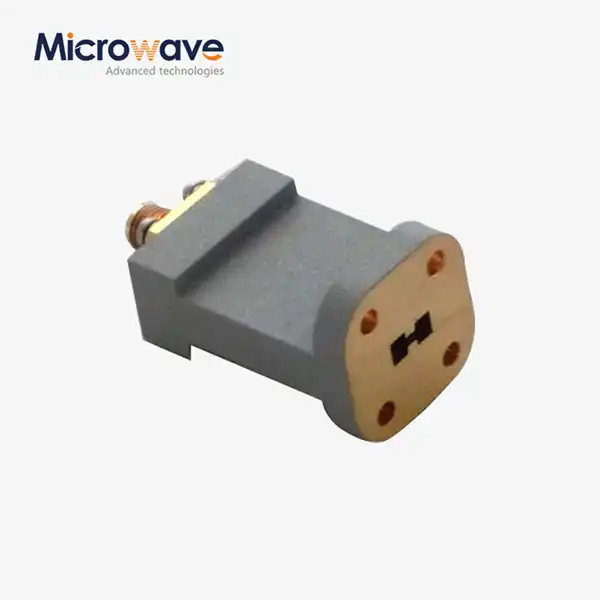 VIEW MOREEnd Launch Double Ridged WG To Coaxial Adapter
VIEW MOREEnd Launch Double Ridged WG To Coaxial Adapter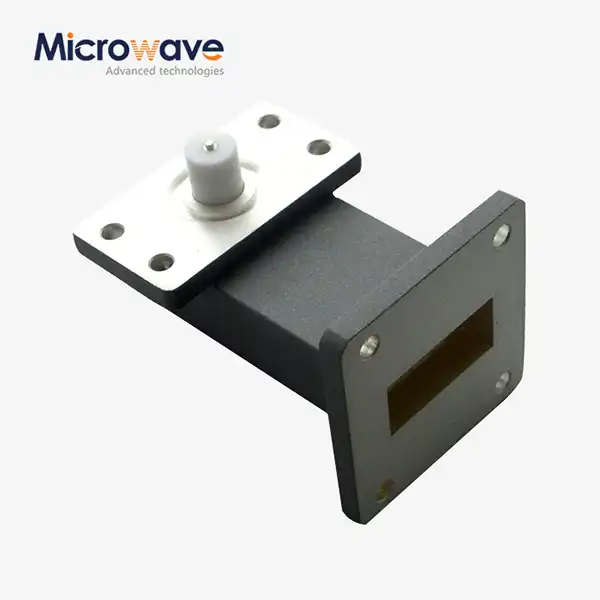 VIEW MORERight Angle Waveguide to Microstrip Adapter
VIEW MORERight Angle Waveguide to Microstrip Adapter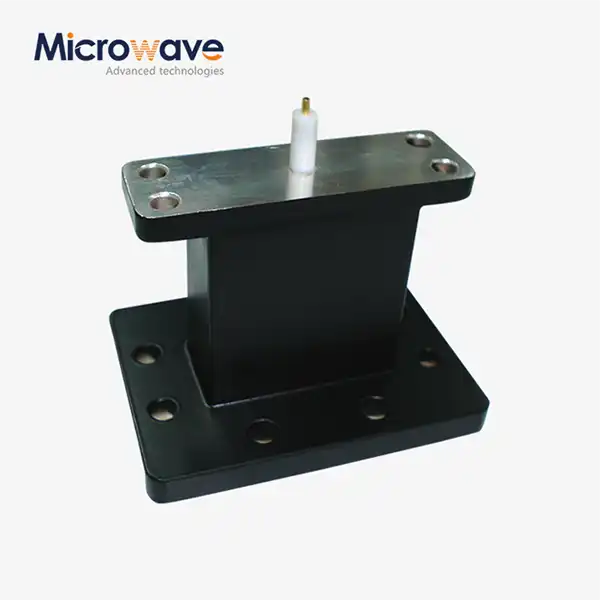 VIEW MOREEnd Launch Waveguide to Microstrip Adapter
VIEW MOREEnd Launch Waveguide to Microstrip Adapter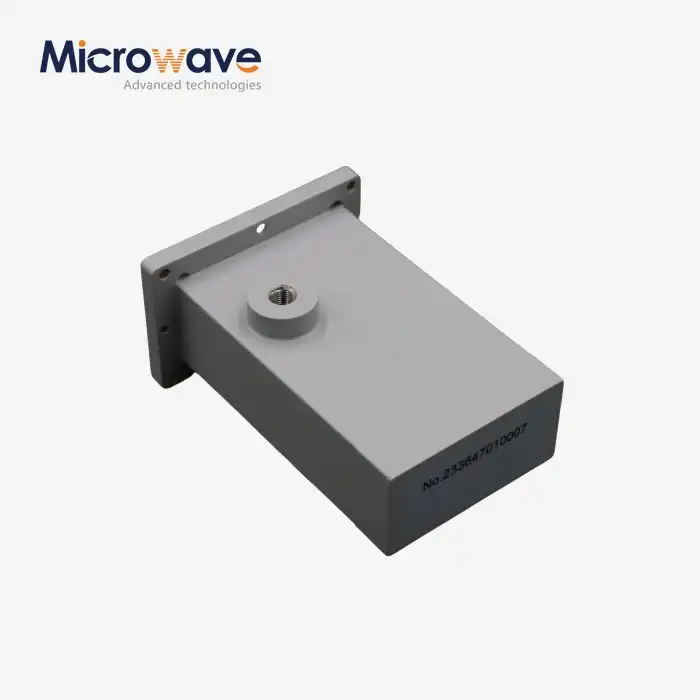 VIEW MOREWG Termination
VIEW MOREWG Termination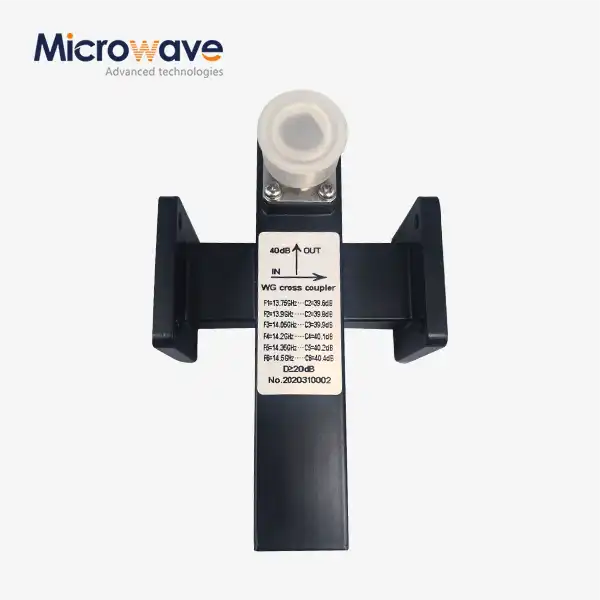 VIEW MORECrossguide Directional Coupler
VIEW MORECrossguide Directional Coupler




